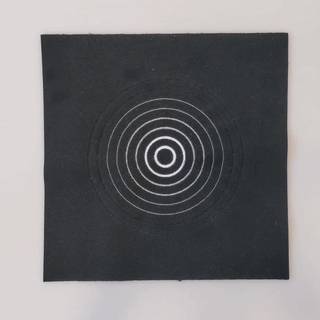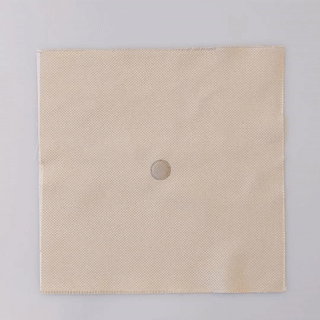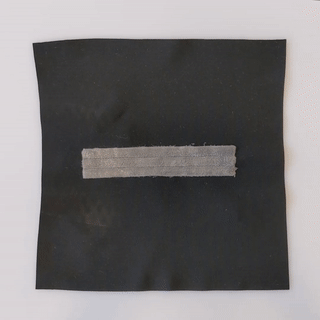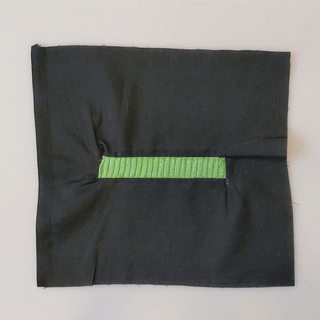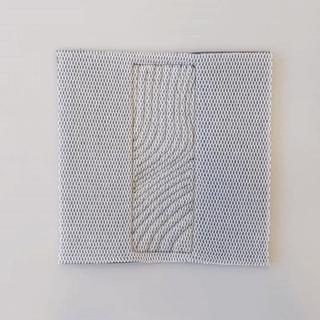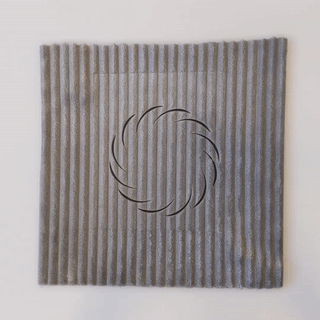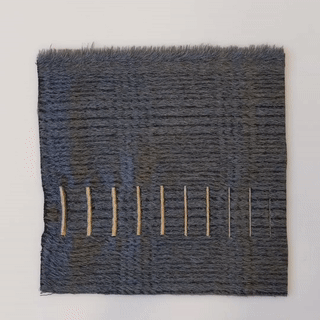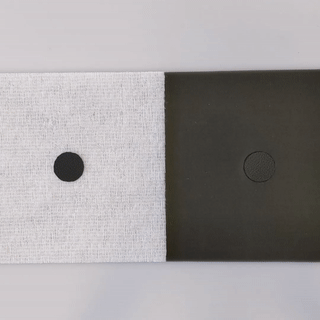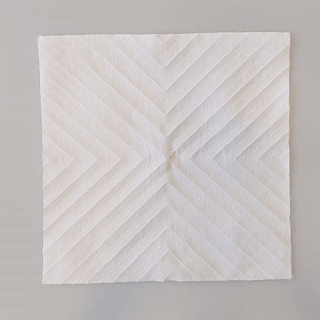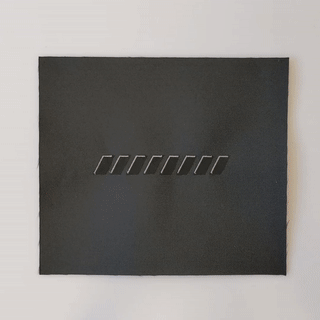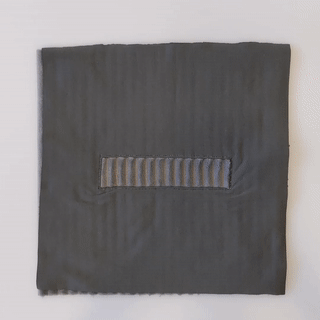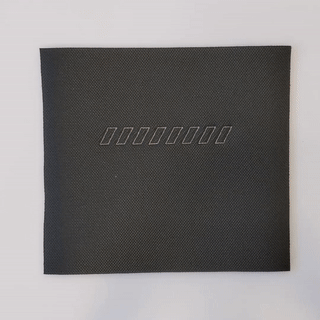As a part of our TextileUX research area, we explored the design space for communicating surface gestures to users of textile interfaces by experimenting with the interfaces’ physical design and affordances.
User interfaces on smart textiles promise to substantially extend the design space for human-computer and human-machine interfaces. Smart textiles and garments can be used to create novel input and output technologies that simultaneously appeal to our visual and haptic perception, and leave the rigid shapes and form factors of today’s devices behind.
Interaction with smart textiles offers a seamless way of interacting with new technologies, as textiles are an already familiar and comfortable context. However, this familiarity also poses a challenge, since textiles are not yet generally known to be interactive and functionality must therefore be communicated explicitly of implicitly. From our point of view, textile interfaces should not require the users getting training or explicit instructions or even manuals for successful operation.
In this pictorial, we explore the design space for communicating surface gestures to users of textile interfaces by experimenting with the interfaces’ physical design and affordances.
We created a collection of functional and non-functional textile samples based on the aspects design, fabrication, and sensing. We then reflected on the created samples and their characteristics, contrasting different designs and speculating on why some work better than others. Our main findings and insights are presented in terms of ergonomics, visual affordances, perception of textures, direction of movement, and the economic usage of design elements. This intermediate-level knowledge provides a starting point for each professional or novice designer to take inspiration from, when creating their own textile user interfaces.





